Empathy training
Company: Garanti BBVA Technology, 2017
Role: Sr. UX Designer
#contentcreation #workshopdesign #workshopfacilitation
As the company's newly hired in-house design team, we quickly observed a need to spread awareness about the human-centered development process, using user insights, the benefit of design tools, and the most efficient ways of collaborating with designers. So I pro-actively suggested creating an internal training tailor-made for the needs of our non-designer colleagues. For two months, I focused on preparing the training content and designing workshops with the mentorship of our design director. Then I facilitated 3 days of training in 5 different sessions, and participated by 50 business analysts.
Garanti BBVA Technology embraced a mission for design transformation in its organization in 2016. While building a profound experience and development team was a great start for it, a human-centered mentality had to be internalized by every employee for a successful transformation, not just by the design team.
Problem domain
Approach
Content of the training
The first training day was devoted to the history of human-centered approaches and the importance of building empathy with others. In the next two days, participants had a first-hand experience of using four different design tools to understand people.
History of Human-Centered Design
Definition of Empathy
Building Empathy
Understanding the Mind
Defining the Users
Understanding the Users
1st day
User interviews
Preparation
Interview Sessions
Analyses
2nd Day
Applications of Empathy
Personas
Empathy Map
Journey Maps
3rd Day
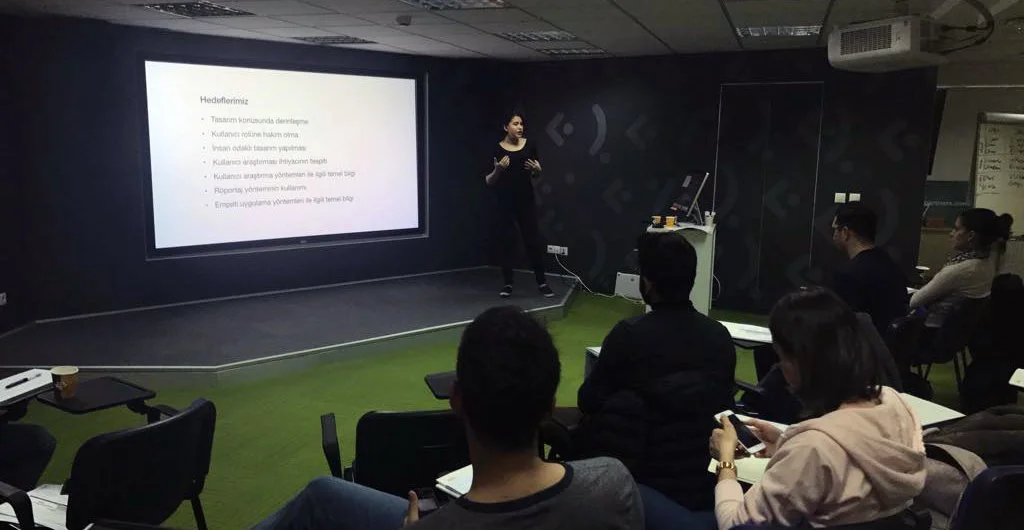
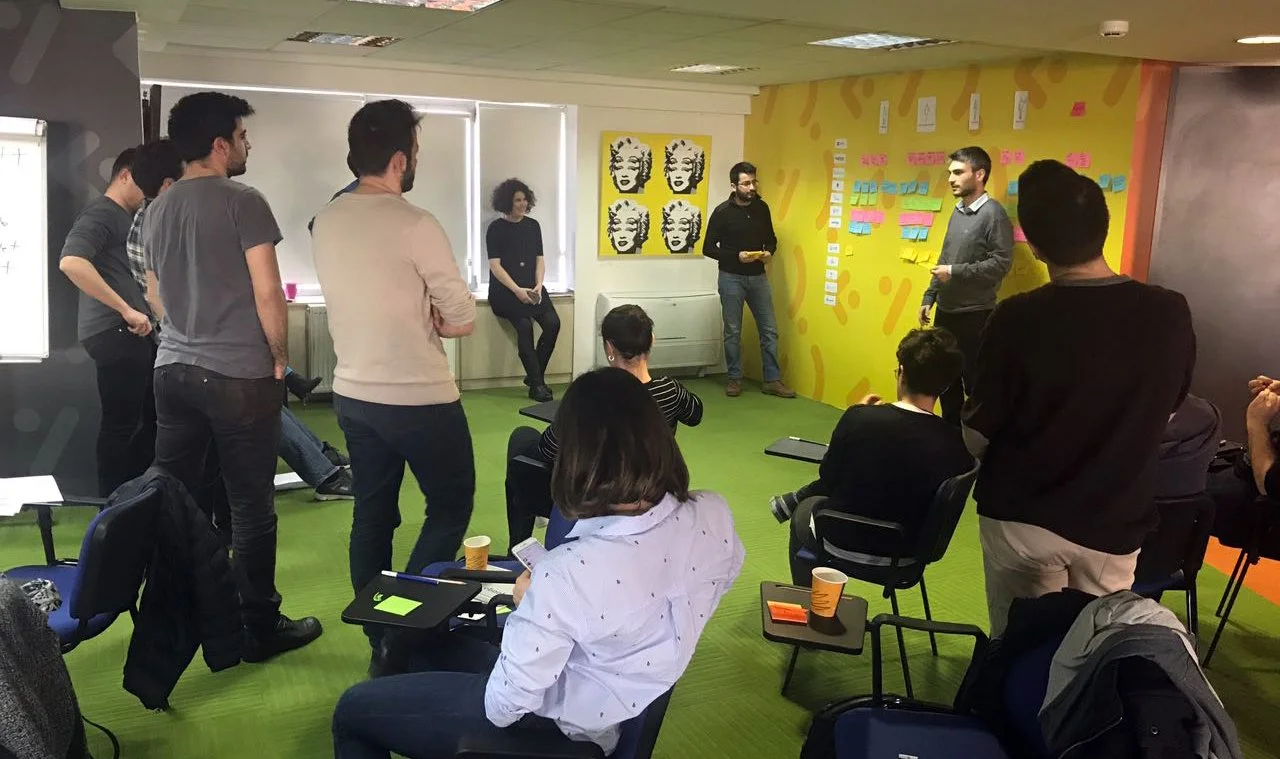
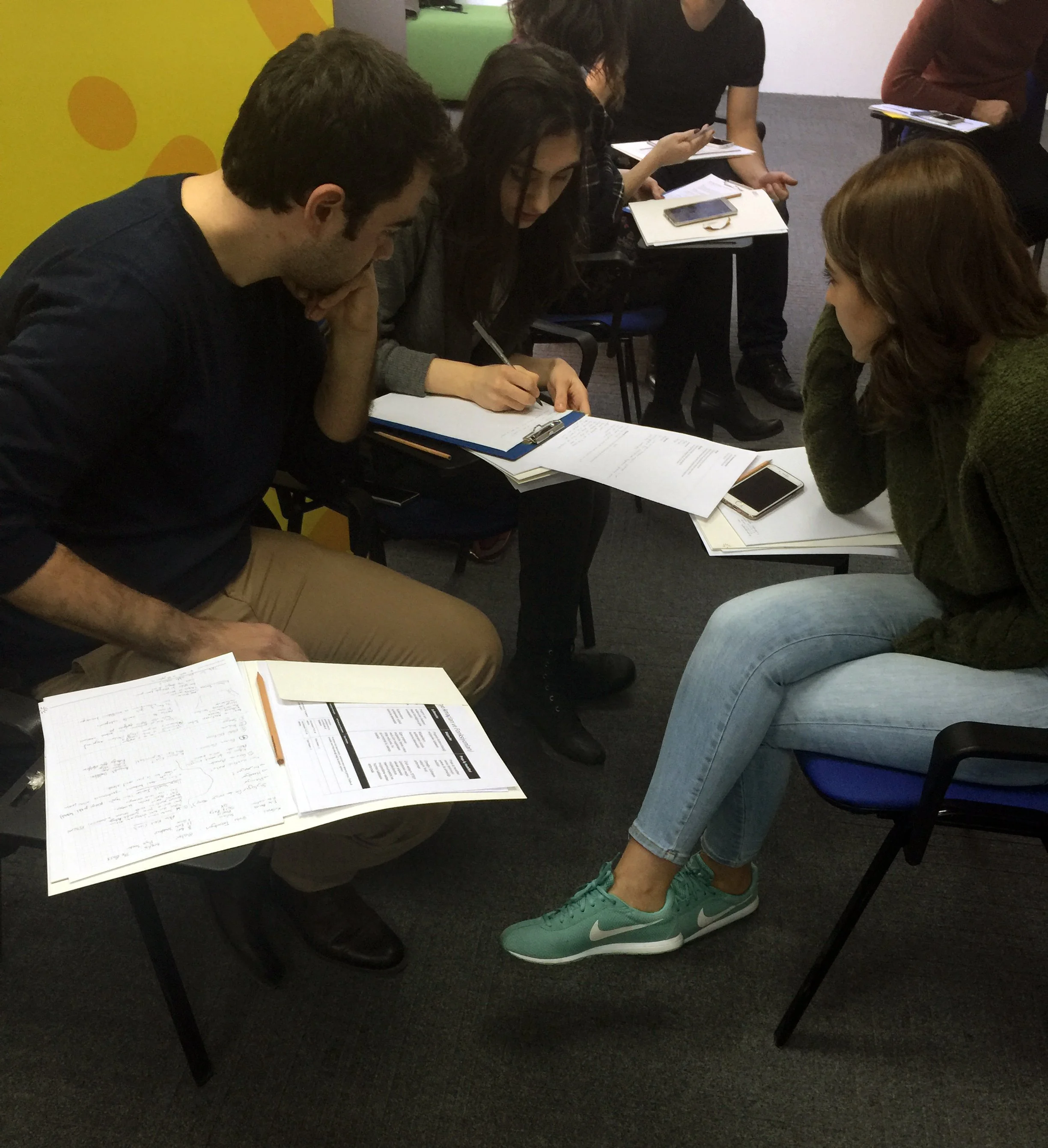

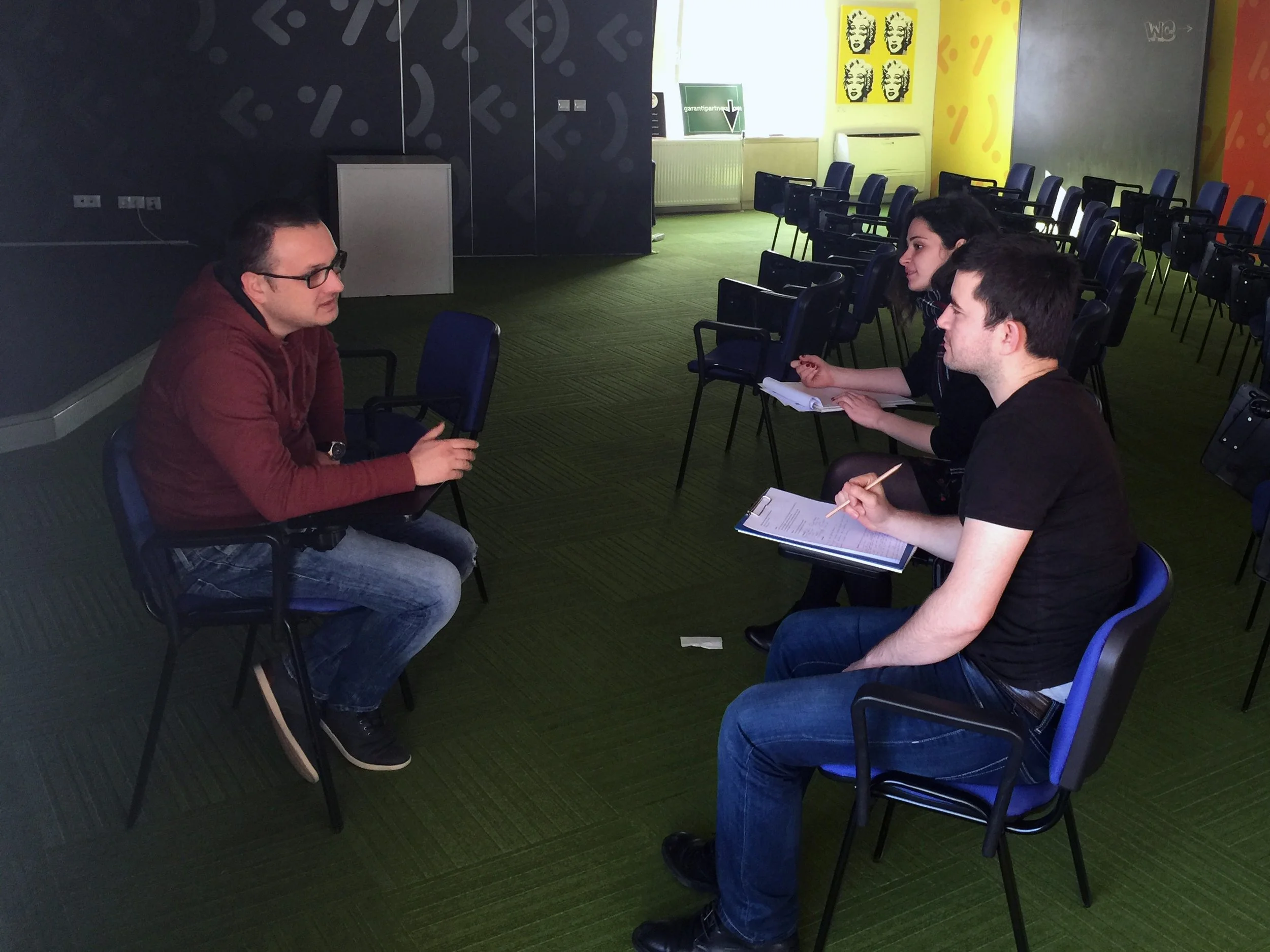
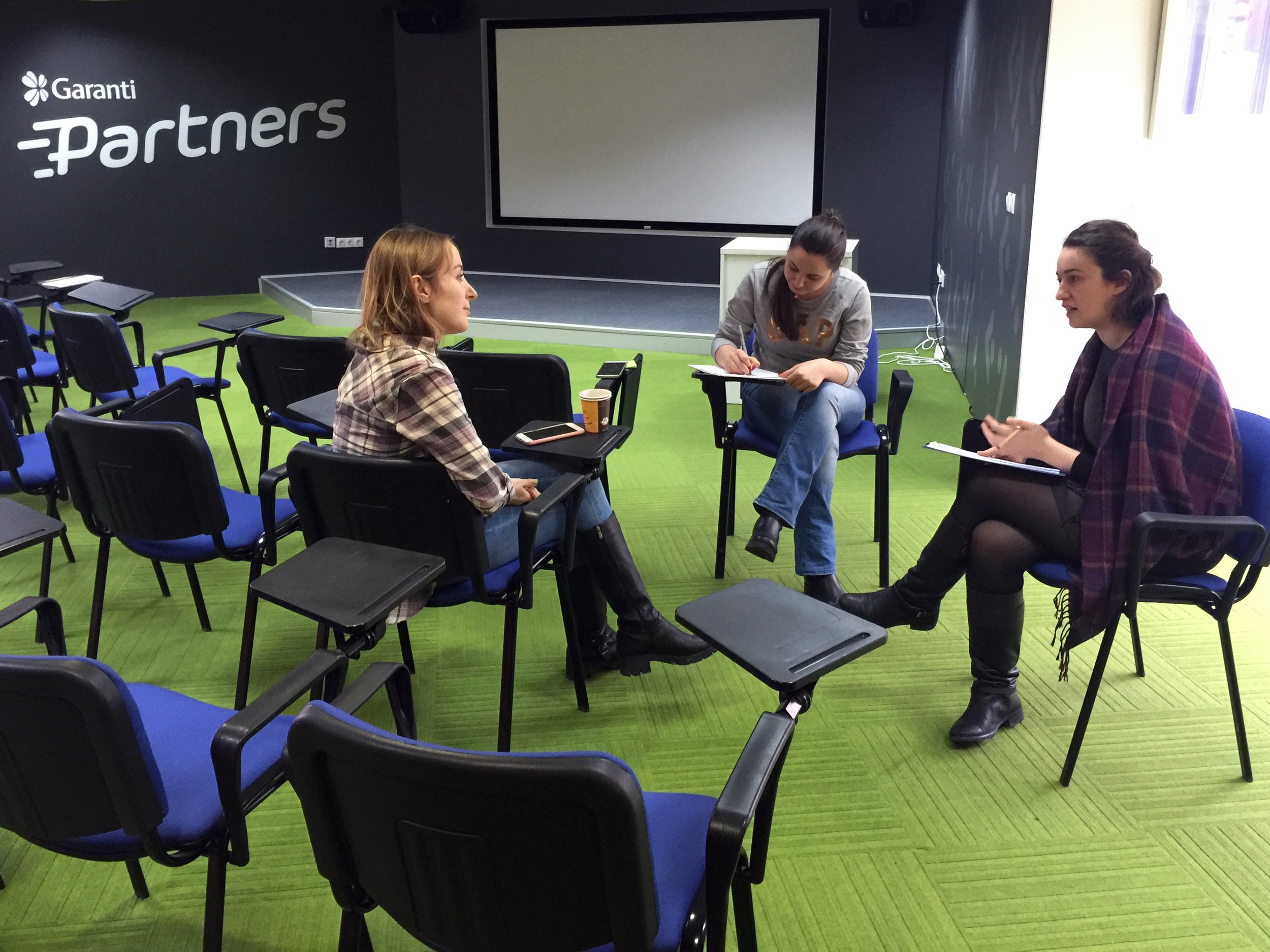



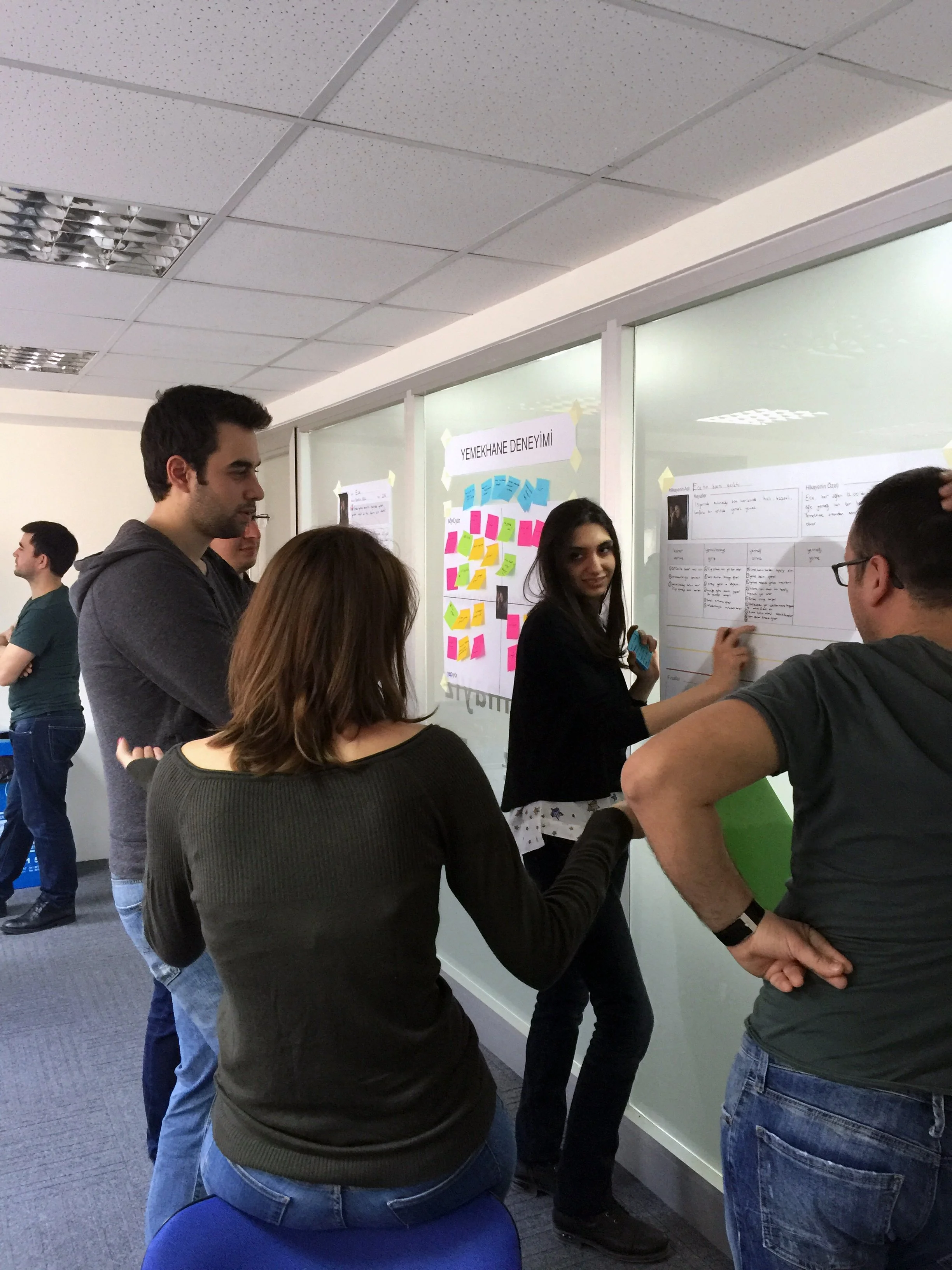
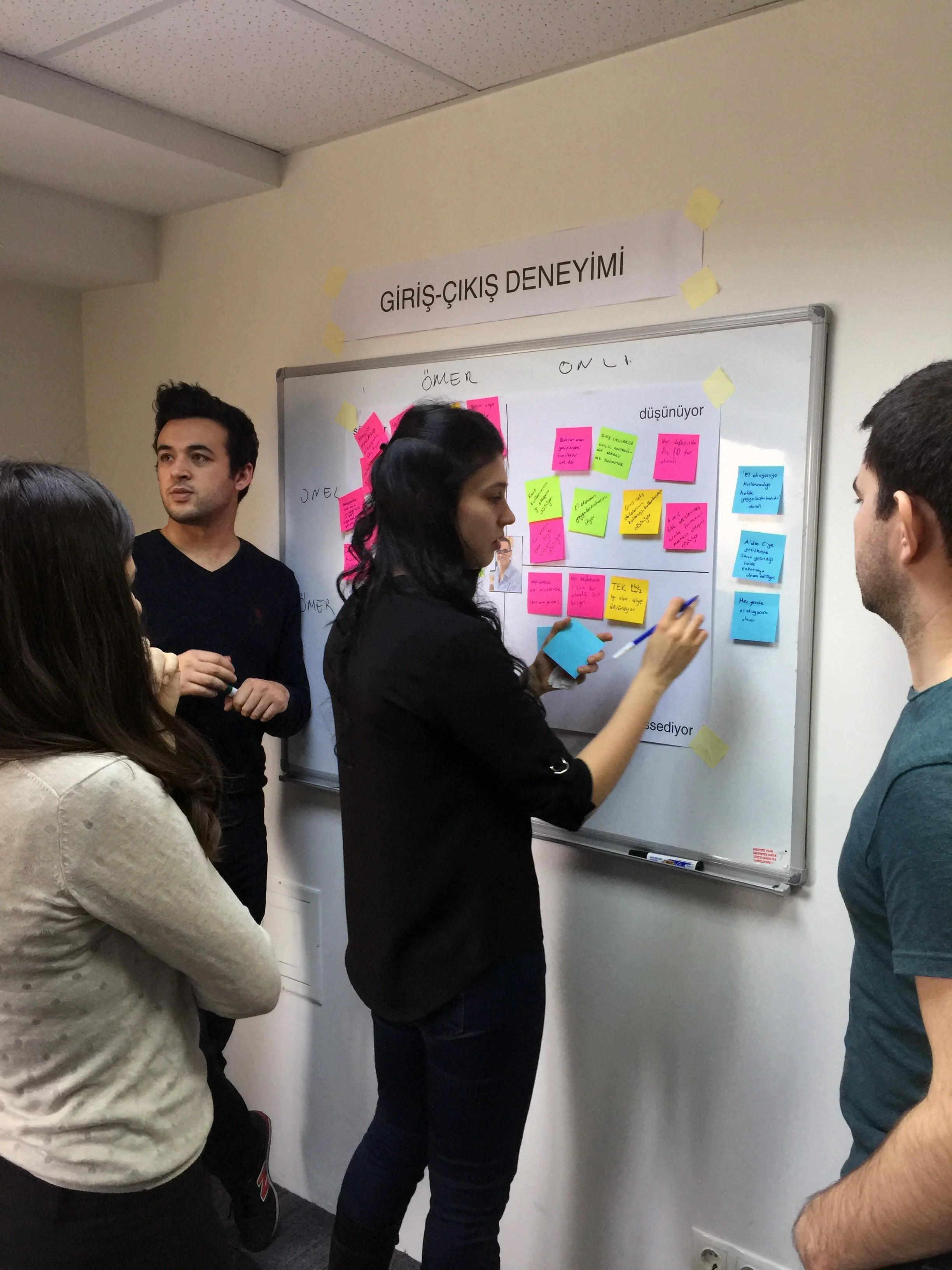
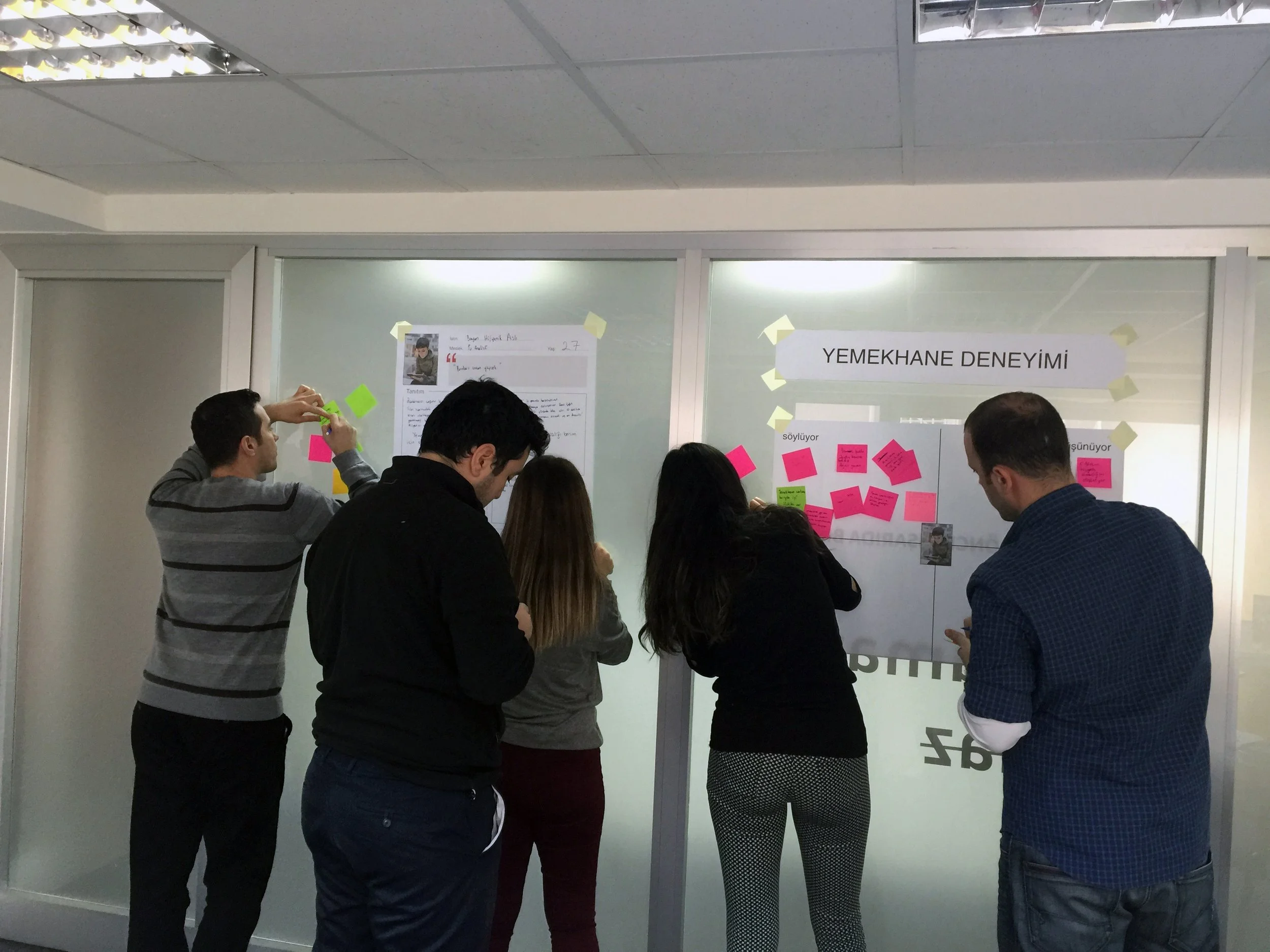
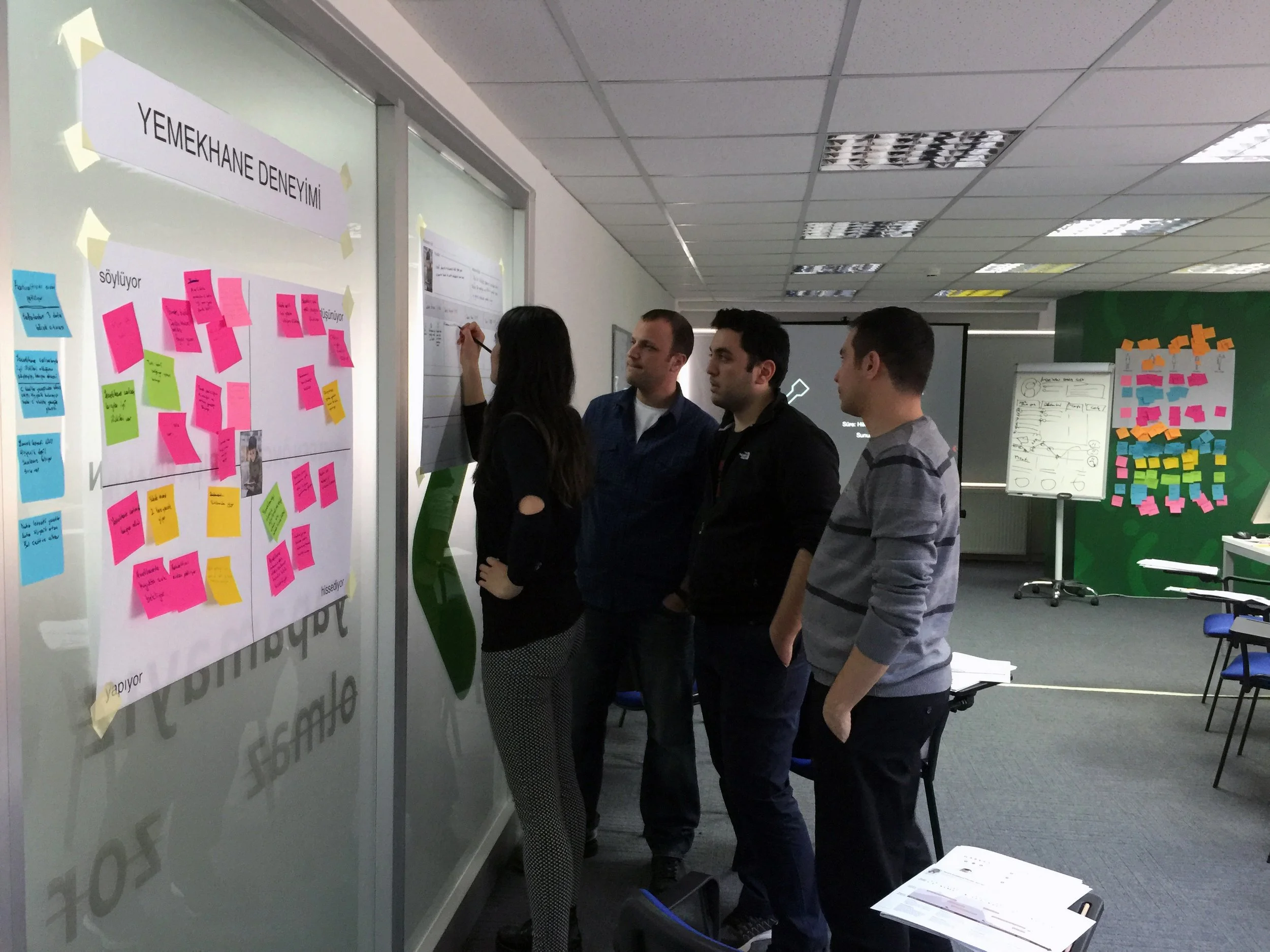
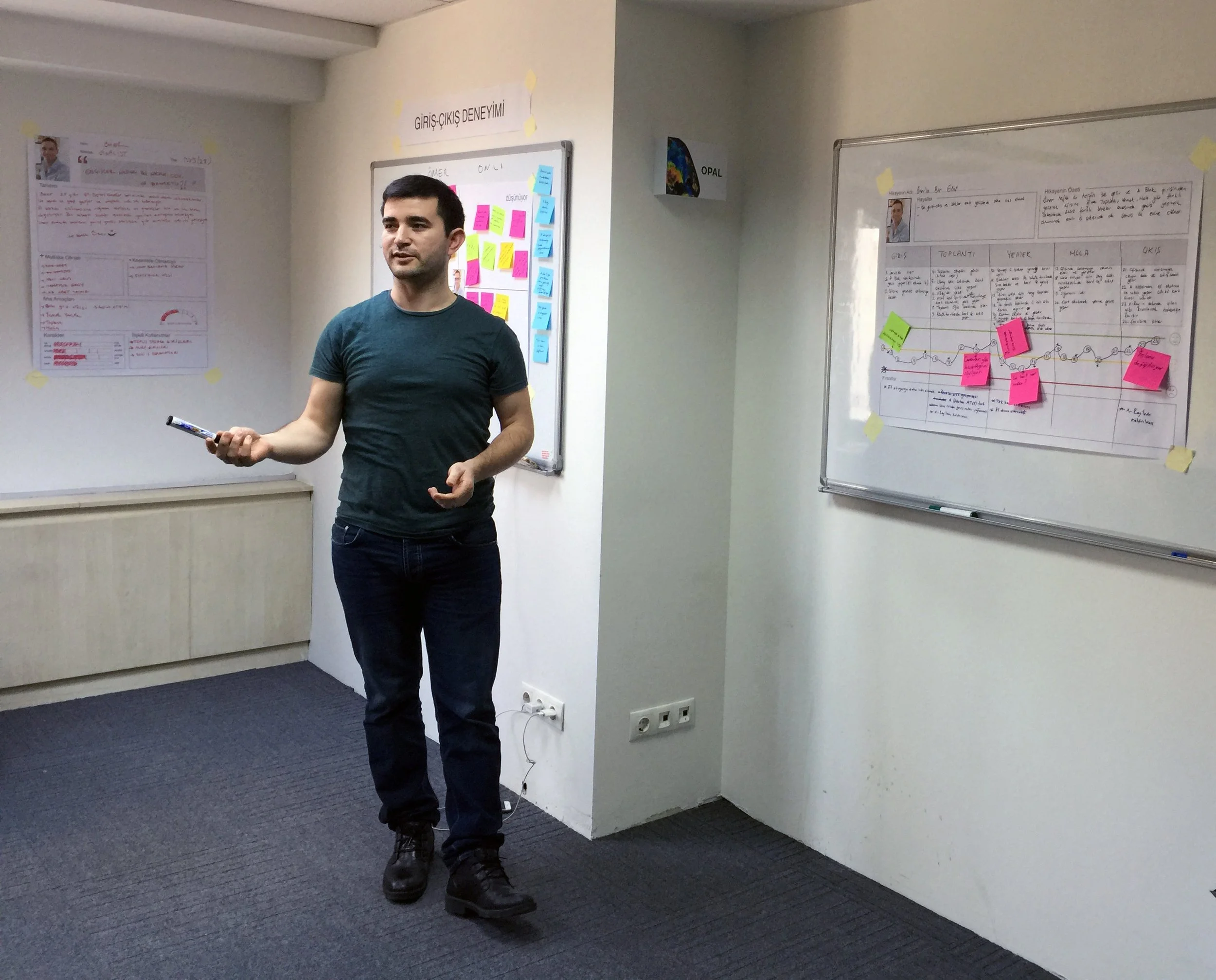
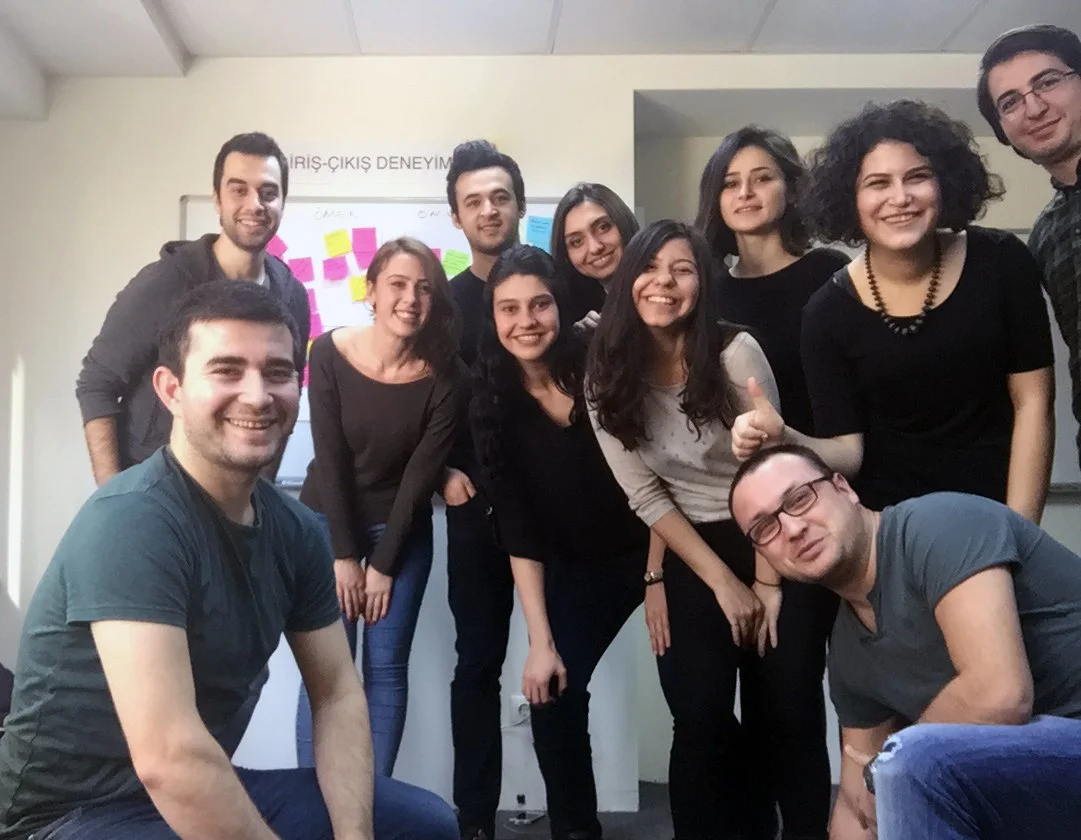
Outcome
Participant feedback
“I have gained a new understanding of empathy and how to benefit from it in my work and private life.”
“The training was shaped around the message that we always need to consider the effect of our jobs on our users. I also learned some practical skills regarding the matter.”
“Practicing user interviews was particularly impressive for me. I’m more focused on understanding and considering our users’ needs while working on my projects.”
“I liked the clear differentiation between assumptions and research insights. It clarified many product decisions for me.”